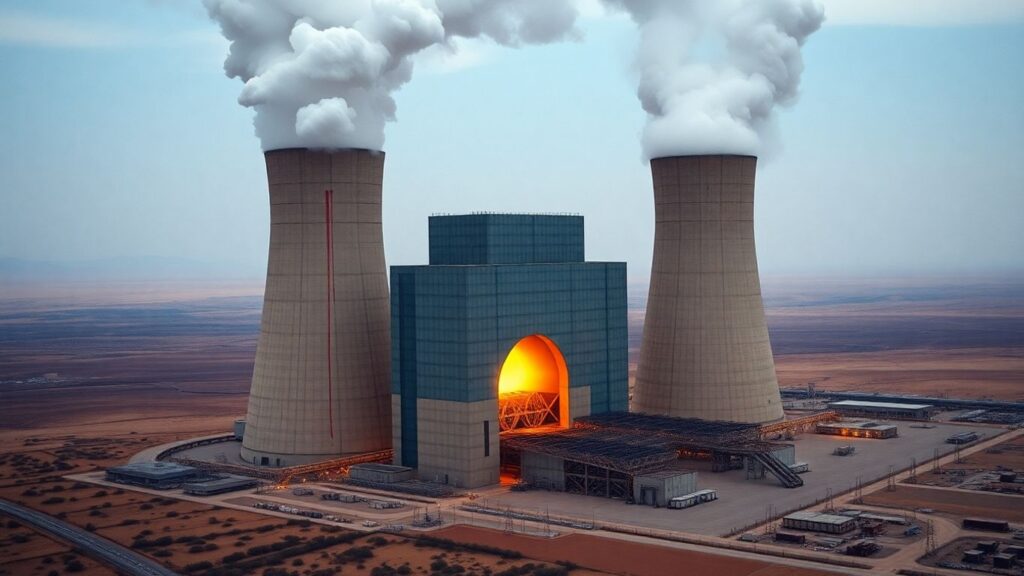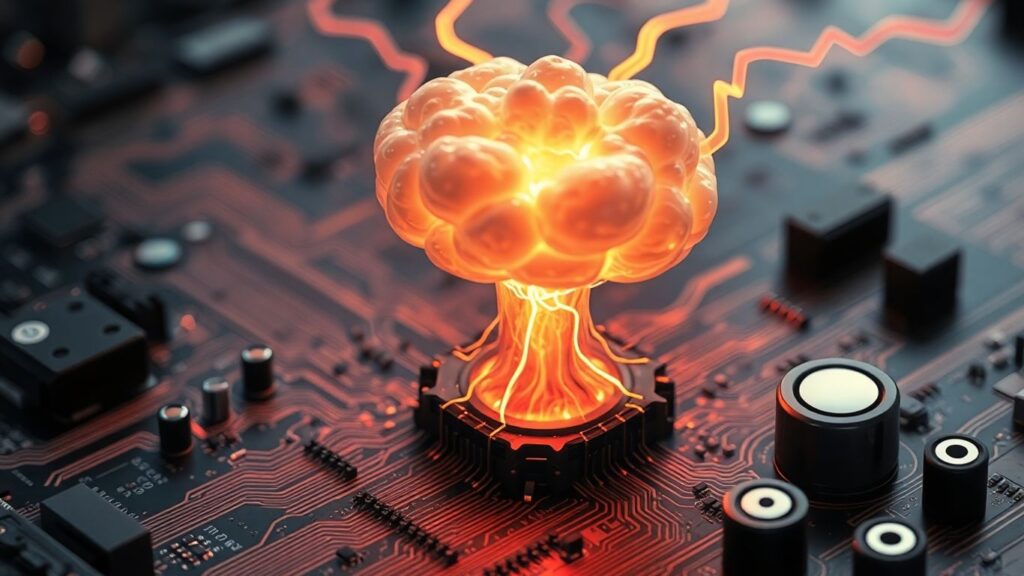The United States is undergoing a significant re-evaluation of its stance on nuclear energy, driven by surging demand for carbon-free electricity, advancements in reactor technology, and strong bipartisan political support. This shift comes as the nation grapples with the energy needs of artificial intelligence, cloud computing, and ambitious climate goals.
Key Takeaways
- The U.S. is experiencing a resurgence of interest in nuclear power, evidenced by new reactor constructions and legislative support.
- Technological innovations, particularly in small modular reactors (SMRs), aim to address historical concerns about cost, safety, and waste.
- Government policies and private sector investment are crucial for realizing the expanded role of nuclear energy.
A Renewed Momentum for Nuclear Power
The landscape of U.S. energy policy is witnessing a notable shift towards nuclear power. This renewed interest is fueled by several converging factors. The increasing demand for electricity, largely propelled by the artificial intelligence revolution and the broader decarbonization efforts across transportation and industrial sectors, necessitates reliable, carbon-free energy sources. Nuclear power, already providing nearly half of the nation’s carbon-free electricity, is seen as a critical component in meeting these escalating needs.
Recent developments underscore this momentum. The construction of two new reactors in Georgia marks the first consecutive annual reactor additions since 1990. Furthermore, the bipartisan passage of the ADVANCE Act in Congress aims to streamline the process for bringing more reactors online. Tech giants like Google, Amazon, and Microsoft have also signaled their commitment by pledging investments in small reactors to secure their future energy supplies.
Addressing Historical Concerns: Safety, Cost, and Waste
Historically, nuclear power has faced significant opposition due to concerns over safety, environmental impact, waste disposal, high costs, and low profitability. However, the industry has seen continuous improvements in safety protocols, drawing lessons from past incidents and evolving security measures. A key development is the emergence of advanced reactors, including small modular reactors (SMRs).
Unlike traditional large-scale reactors that were often bespoke projects leading to budget overruns, SMRs are designed for factory production, standardization, and mass deployment. This approach promises to reduce costs and improve efficiency. Regarding waste, some advanced reactor designs, particularly Gen IV reactors, utilize fast neutrons to burn fuel more efficiently, reducing waste volumes. Certain Gen IV designs can even reprocess existing spent fuel, transforming it into a source of energy and mitigating waste concerns. While deep geologic disposal remains the ultimate solution for all nuclear waste, these advancements offer more sustainable pathways.
Government and Private Sector Collaboration for Future Goals
Achieving ambitious national nuclear benchmarks, such as the goal of building 200 gigawatts of new nuclear capacity by 2050, will require a concerted effort. Experts emphasize the need for smart government policies, including lean and effective regulations, and mechanisms to spread investment costs and risks. Government loan guarantees can help de-risk capital investments and encourage private sector co-investment.
Moreover, the government can act as a significant source of demand, particularly for small and micro-reactors that could support critical infrastructure like military bases and microgrids. This initial government backing can build confidence for private entrepreneurs who may face long return-on-investment timelines. The revitalization of the nuclear sector also hinges on rebuilding the engineering, procurement, and construction workforce, expanding talent pools through university programs and trade training, and ensuring a robust supply chain for precision components. Ultimately, maintaining public trust and social license will be paramount for the successful expansion of nuclear energy.
Sources
- Nuclear has changed. Will the U.S. change with it? — Harvard Gazette, Harvard Gazette.












